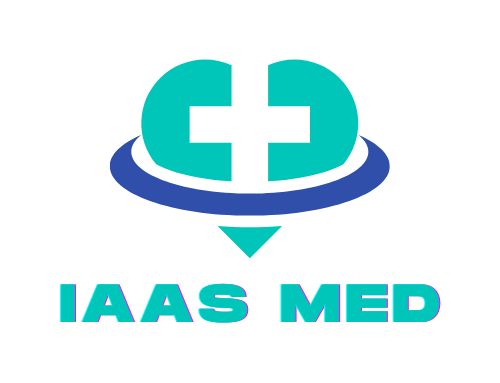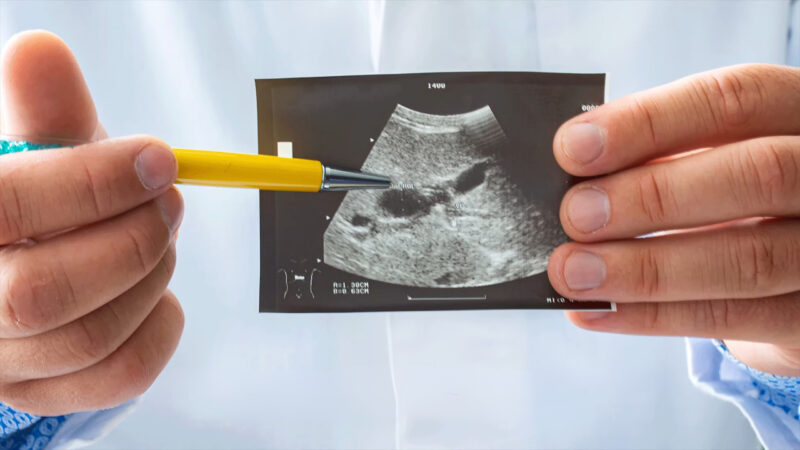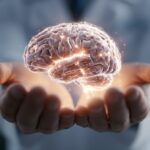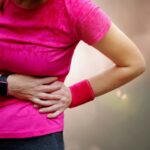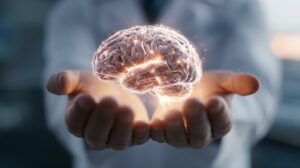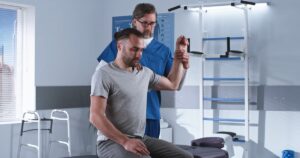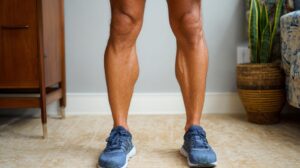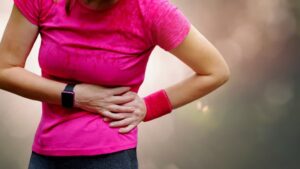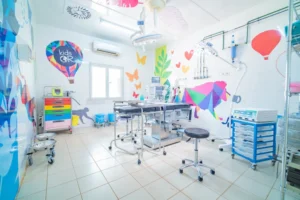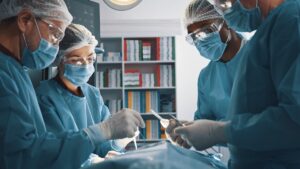Gallbladder problems can be confusing for everyone, including doctors. One serious issue is when gallstones block a tube, causing the gallbladder to swell and inflame.
This is called a “gallstone attack” or “acute cholecystitis.” What’s it like for people with this problem, and how do they treat it?
Key Takeaways
- Gallstone Attacks Demand Immediate Care: Gallbladder calculus with acute cholecystitis is a severe condition that needs quick medical action. It’s caused by gallstones blocking bile flow, leading to inflammation and infection, highlighting the critical role of the gallbladder.
- Early Symptom Recognition is Vital: Early detection of acute cholecystitis symptoms, such as intense abdominal pain post-meals, nausea, fever, and changes in urine or stool color, is essential for effective management and necessitates urgent medical care.
- Knowing Causes Aids Treatment: Gallstones, formed from cholesterol or bilirubin, block bile flow. Other factors like high cholesterol and gallbladder issues also play roles.
- Proactive Management is Crucial: Prompt medical response and lifestyle adjustments are fundamental in preventing and managing gallbladder problems. Healthy eating and weight control are proactive steps towards recovery and prevention, ensuring a healthy life post-treatment.
What Is It?
Gallbladder calculus with acute cholecystitis is a serious condition that urgently needs medical attention. The gallbladder, which stores bile from the liver, plays a vital role in digestion.
When gallstones block the cystic duct, it stops bile from moving out as it should. It leads to inflammation and infection, which are the main signs of acute cholecystitis.
How Do Gallstones Cause Problems?
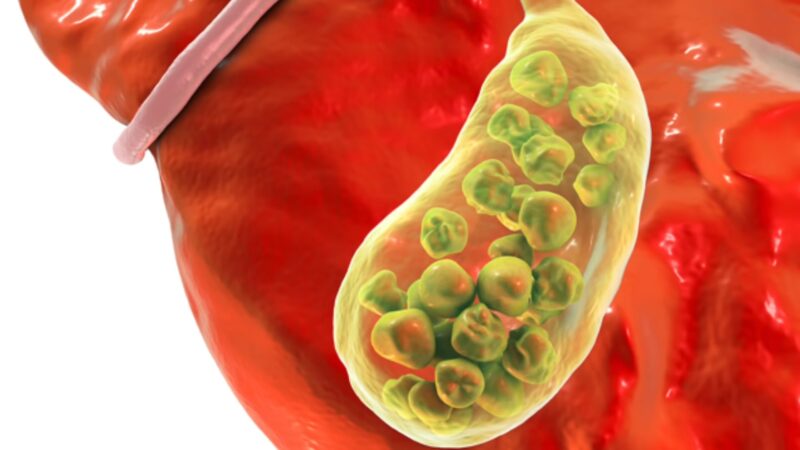
Gallstones blocking the bile’s path are more than just a minor issue. They significantly disturb the digestive process.
Made of cholesterol or bilirubin, these stones prevent bile from flowing out of the gallbladder. This can lead to severe inflammation and even infection, showing just how serious this condition can be.
What Happens When Cholecystitis Becomes Acute?
When cholecystitis becomes acute, it indicates a severe stage of the disease. It means the problem has grown beyond a simple blockage, creating serious health risks.
Quick medical help is crucial to stop the condition from worsening, highlighting the importance of recognizing symptoms early and getting the right treatment.
How to Recognize Symptoms?
The experience of pain is a predominant feature for those suffering from this condition. It manifests intensely in the upper right abdomen, often radiating to the right shoulder or between the shoulder blades.
Meals can exacerbate this pain, leading to prolonged discomfort ranging from minutes to hours, signaling the body’s distress.
Accompanying Symptoms
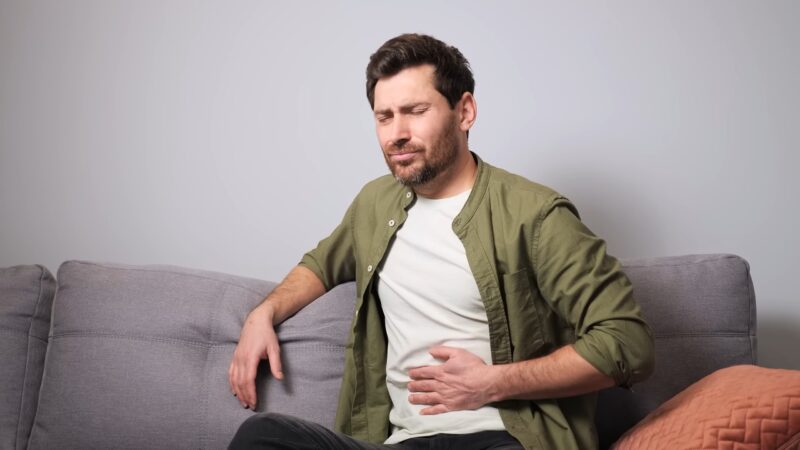
Beyond pain, several other symptoms accompany this condition, each a red flag signaling the need for medical attention. Patients may encounter these as well:
- abdominal tenderness
- nausea
- vomiting
- fever
- chills
- sweating
- dark urine
- pale stools
These symptoms collectively paint a picture of a body in distress, necessitating prompt medical intervention.
The Urgency for Medical Attention
The severity and variety of symptoms associated with calculus of the gallbladder with acute cholecystitis make it unmistakable. The body’s reaction to the blockage and ensuing inflammation demands immediate medical care, highlighting the importance of recognizing these signs early for effective treatment.
What Sets Off the Trouble?
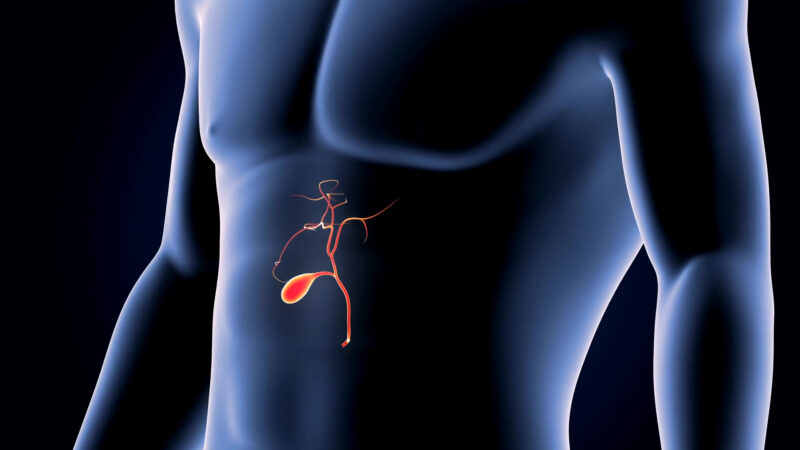
Gallstones get most of the blame for gallbladder problems, and rightfully so. These hardened nuggets, formed from cholesterol or bilirubin in bile, can lodge in the cystic duct, like a cork in a bottle, stopping bile flow and causing inflammation.
Think of it as a traffic jam that backs up the system. But gallstones aren’t the only culprit. Here’s what else can stir up trouble.
- Bile Blues: Sometimes, the problem isn’t the stones, but the bile itself. Too much cholesterol or bilirubin in the mix can also lead to blockages and inflammation.
- Gallbladder Goofing Off: If your gallbladder isn’t emptying properly, even without stones, it can get unhappy and inflamed.
- Rare Culprits: In less common cases, other issues like tumors, infections, or even cysts can also cause gallbladder problems.
- Contracted Gallbladder: The condition can happen due to scar tissue, inflammation, or even certain medications, leading to similar issues as other causes.
Why Finding the Cause Matters
Knowing the exact reason behind your gallbladder woes is crucial for getting the right treatment and preventing future problems. It’s like figuring out what caused the traffic jam so you can avoid it next time.
Remember, early detection and understanding the reasons behind your gallbladder troubles are key to getting back on track to a healthy you.
How to Keep Gallbladder Healthy?
Several factors can heighten the risk of developing gallstones and subsequent cholecystitis. Obesity stands out as a significant risk factor, alongside high cholesterol levels that contribute to gallstone formation.
It is stated in the study published in 2021:
Obesity has been consistently established as the main risk factor for the development of gallstones, but this disease has also been described in non-obese patients.
Diabetes also increases the risk, as do rapid weight loss regimes. Each of these factors alters the balance of substances in the bile, making gallstone formation more likely.
Non-Surgical Treatment Options
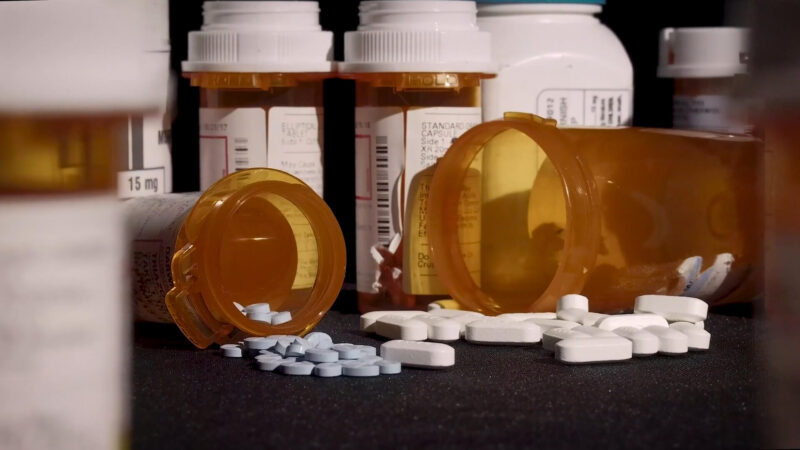
While surgery is often the go-to solution for severe cases of gallstones and cholecystitis, milder instances may be managed initially with non-surgical approaches. Antibiotics to tackle infection and pain medication to alleviate symptoms are common first-line treatments.
These options aim to reduce inflammation and manage pain, providing temporary relief and possibly avoiding surgery for some patients.
Post-Surgical Care and Lifestyle Adjustments
Recovery from gallbladder surgery, or cholecystectomy, involves specific care instructions and lifestyle adjustments to ensure a smooth transition. Initially, a diet low in fat and rich in fiber is recommended to support the digestive system.
Gradually, patients can return to a normal diet, paying attention to their body’s response to different foods. Regular exercise and maintaining a healthy weight are also critical to prevent future digestive issues.
Can I “exercise” My Way to a Healthier Organ?

Incorporating exercise into daily routines plays a pivotal role in maintaining gallbladder health and preventing issues like gallstones. Regular physical activity helps to reduce cholesterol levels in the bile and enhances overall digestive function, lowering the risk of gallstone formation.
Exercise also aids in maintaining a healthy weight, which is crucial since obesity is a significant risk factor for gallbladder problems. Engaging in moderate-intensity activities, such as brisk walking, cycling, or swimming, for at least 30 minutes most days of the week, can support gallbladder function and contribute to a healthier digestive system.
FAQ
Can diet alone prevent gallstones and cholecystitis?
While a healthy diet rich in fiber and low in fats can reduce the risk of gallstones, it may not prevent them entirely. Factors like genetics, weight, and other health conditions also play a role.
Is it possible to have gallstones without symptoms?
Yes, many people have “silent gallstones” without any symptoms. These are often discovered accidentally during tests for other conditions.
How long does recovery from gallbladder surgery take?
Recovery varies by individual but typically, patients can return to normal activities within a week after laparoscopic surgery. Full recovery might take 4 to 6 weeks.
Can gallbladder problems lead to complications if left untreated?
Yes, untreated gallbladder issues can lead to severe infections, a ruptured gallbladder, or bile duct blockages, which are serious and require immediate attention.
Are there any natural remedies for gallbladder discomfort?
While natural remedies, like peppermint and turmeric, may ease symptoms, they cannot cure gallstones or cholecystitis. Always consult a healthcare provider before trying natural remedies.
After gallbladder removal, are there long-term dietary restrictions?
Most people return to a normal diet after recovery, but some may need to avoid very fatty foods initially. Long-term dietary adjustments vary based on individual tolerance.
Final Words
Calculus of gallbladder with acute cholecystitis is a condition that intertwines the formation of gallstones with the inflammation of the gallbladder, leading to acute cholecystitis. Its diagnosis, treatment, and prevention require a comprehensive understanding of the gallbladder’s function and the factors that predispose individuals to this condition.
With prompt and effective treatment, individuals can recover and lead healthy lives, albeit without their gallbladder. Awareness, early detection, and lifestyle adjustments are pivotal in navigating this health challenge, emphasizing the importance of proactive healthcare engagement.
